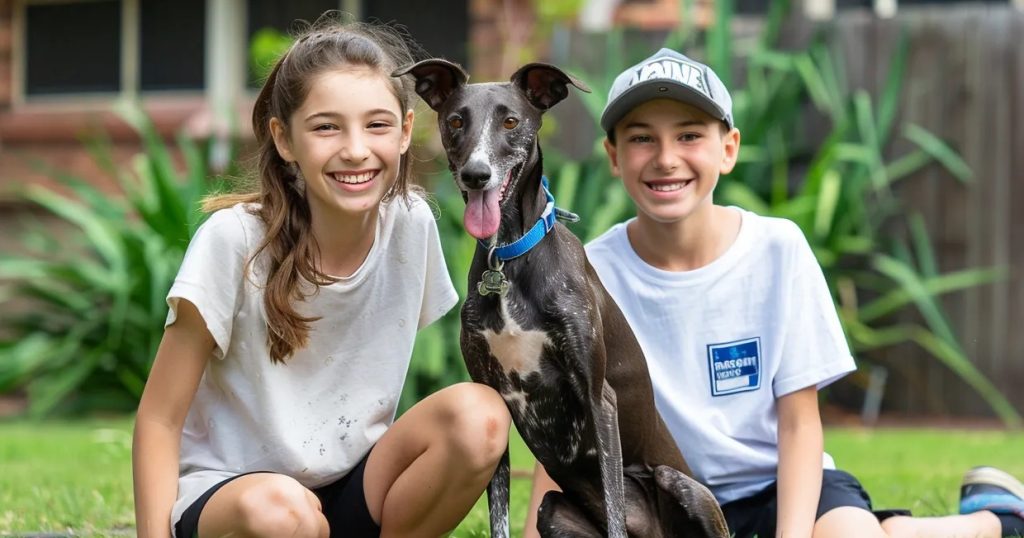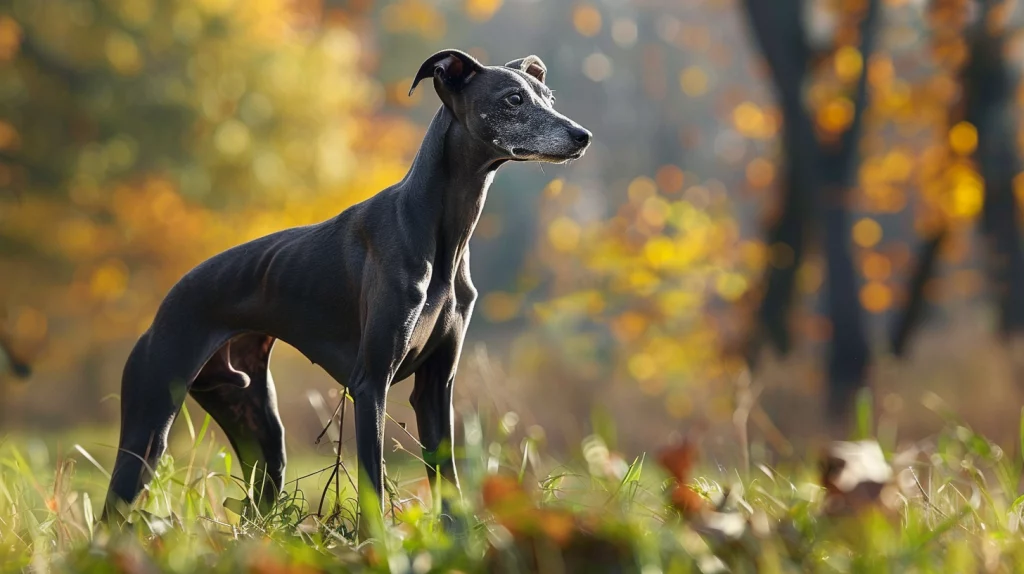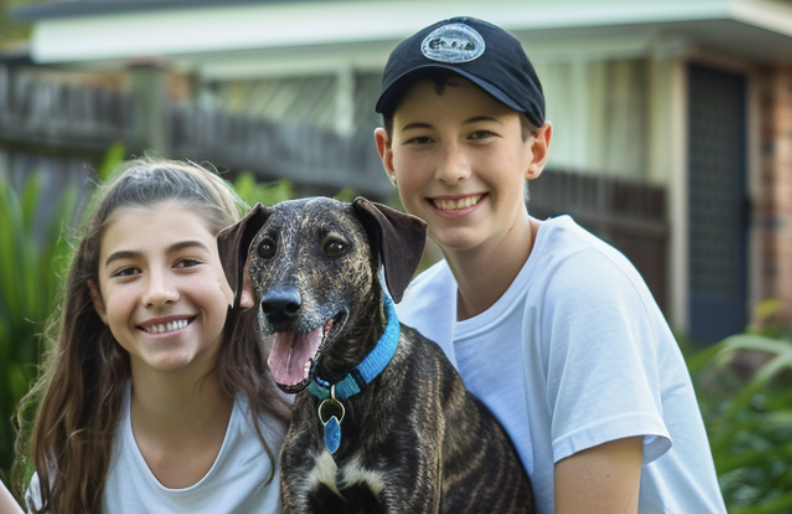Are greyhounds safe around children? You may be surprised that these gentle, affectionate dogs can make wonderful family companions.
Despite their reputation for speed, greyhounds are calm and laid-back, making them a great fit for households with kids.
This blog post will explore factors contributing to a greyhound’s child-friendly temperament, including personality, socialization needs, and training requirements.
We’ll also provide practical tips on creating a safe and nurturing environment for your children and your greyhound.
Understanding these key aspects will help you decide whether a greyhound is right for your family.
Keep reading to discover the truth about greyhounds and children.
Understanding Greyhound Temperament
1. Calm and Gentle
Greyhounds are inherently calm and gentle, making them suitable for families with children.
This sets a reassuring tone for readers considering a greyhound as a pet. Unlike some breeds, greyhounds are not known for aggressive behavior.
2. Life as Racing Dogs
Greyhounds are bred and trained as racing dogs, which affects their behavior in specific ways.
For instance, they are used to regimented schedules and sudden bursts of energy but spend significant time resting.
Transitioning from a racing environment to a home setting may affect their behavior.
They might initially struggle with the normal chaos of a family home, but they typically adjust well with proper training and socialization.
Strategies such as secure outdoor spaces and training the dog to respond to commands can be implemented to manage this instinct in a home setting.
3. Handling Sensitivity
Due to their upbringing, Greyhounds may not be accustomed to frequent handling or cuddling, which children might want to do.
Families need to understand and gradually acclimate the dog to more physical affection.
Since greyhounds can be sensitive to sudden movements and noises, families should be mindful of creating a calm environment.
4. Physical and Psychological Traits
Greyhounds have thin skin and lean bodies, making them sensitive to rough play.
Psychologically, they tend to be reserved or shy, which can influence their interactions with children.
Key Considerations for Families with Greyhounds
1. Teaching Children How to Behave Around Dogs

Children must learn proper behavior around dogs, especially greyhounds, who may not be used to young kids’ playful and unpredictable nature.
Children should be taught specific behaviors, such as approaching the dog calmly, avoiding loud noises, and understanding the signs of a dog’s discomfort.
2. Supervision During Interactions
Constant adult supervision is necessary during all interactions between children and greyhounds to ensure safety for both.
Adults can guide interactions to teach the child and the dog positive communication, such as showing children how to pet the dog gently.
3. Rules for Engaging with Greyhounds
Children should be taught not to disturb a greyhound while sleeping, as startled dogs may react negatively.
Specific examples of appropriate and inappropriate ways for children to interact with the dog include not pulling on the dog’s ears or tail and not climbing on or chasing the dog.
4. Understanding Greyhound Behavior
Greyhounds have instincts that might affect their interactions with children, such as their strong chase instinct, which might be triggered by running kids.
However, greyhounds can adapt well to family environments and become loving and gentle household members with the right training and environment.
Adjustment and Socialization with Greyhounds
1. Typical Adjustment Period
When bringing a greyhound into a new home, it’s important to understand that a typical adjustment period can last from a few weeks to several months.
Signs that a greyhound is adjusting include finding a favorite resting spot, showing less anxiety, and responding to family members’ commands or calls.
2. Importance of Early Socialization
Early socialization with children is crucial for greyhounds.
Gentle interactions can help the dog feel more comfortable and less threatened by the unpredictable movements of young family members.
3. Effective Training Methods

Positive reinforcement techniques are known to be effective with greyhounds.
Rewards like treats, praise, and play can encourage good behavior without the need for harsh corrections, which greyhounds respond poorly to.
Conclusion
Greyhounds can make wonderful companions for families with children if their unique needs and characteristics are understood and respected.
These gentle dogs can thrive in a family by providing a calm environment, consistent training, and plenty of love and patience.
It’s crucial to teach children how to interact safely and appropriately with greyhounds, supervise their interactions, and create a safe space for the dog to retreat to when needed.
With proper socialization, training, and care, greyhounds can form strong bonds with children and become cherished family members.
If you’re considering adopting a greyhound, take the time to research and prepare for their specific needs, and you’ll be rewarded with a loyal, loving companion that brings joy to your home for years to come.
Frequently Asked Questions
Are Greyhounds Known to be Aggressive?
Greyhounds are generally not aggressive. They have a calm, gentle temperament and are known for being friendly, even with strangers. Aggression is rare in this breed.
Do Greyhounds Bark A Lot?
Greyhounds are typically quiet dogs and don’t bark excessively. They may bark to alert their owners of strangers or unusual noises, but excessive barking is uncommon in this breed.
Are Greyhounds Good Family Dogs?
Greyhounds can make excellent family dogs. They are gentle, affectionate, and generally good with children. They may need time to adapt to a household environment.







0 Comment